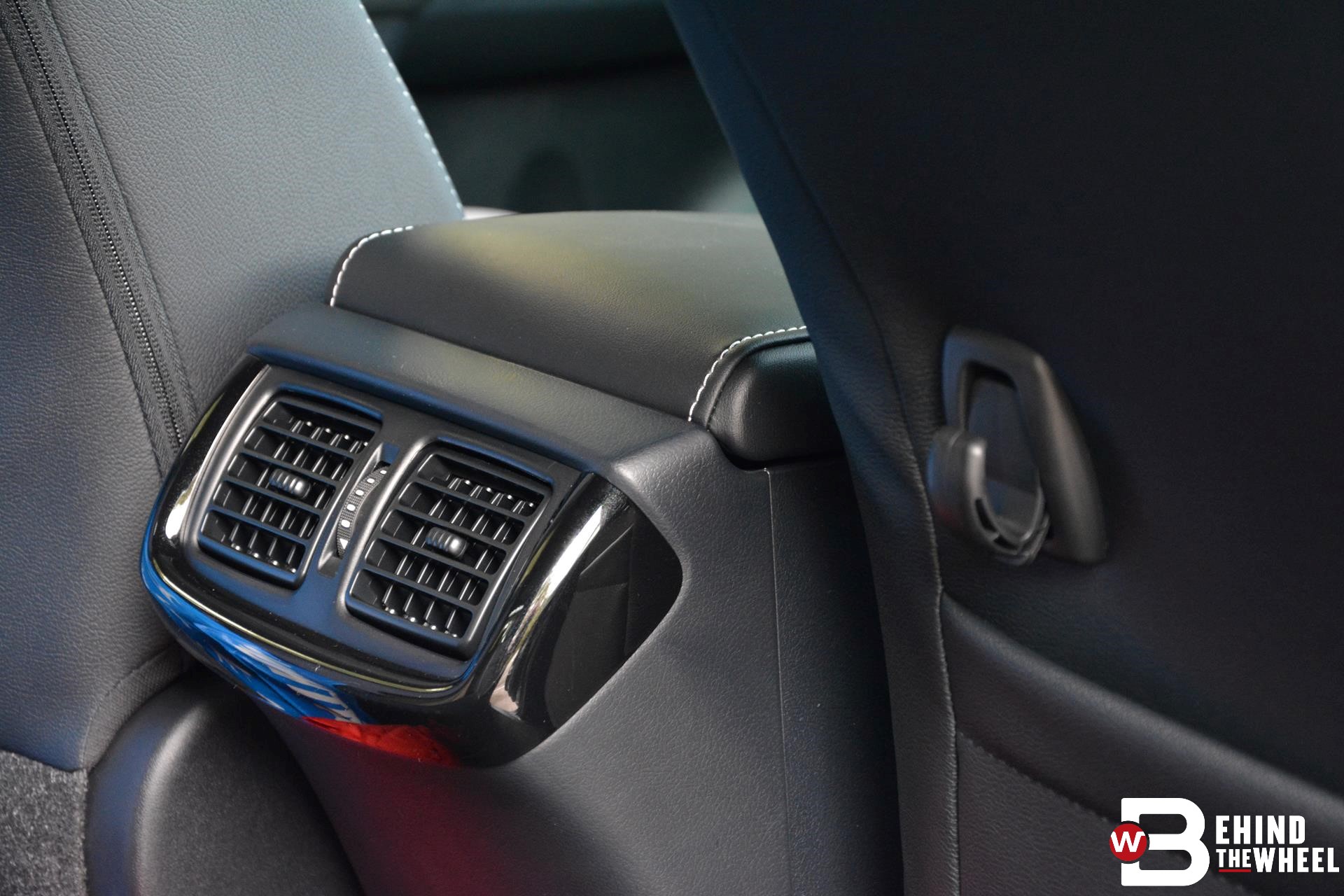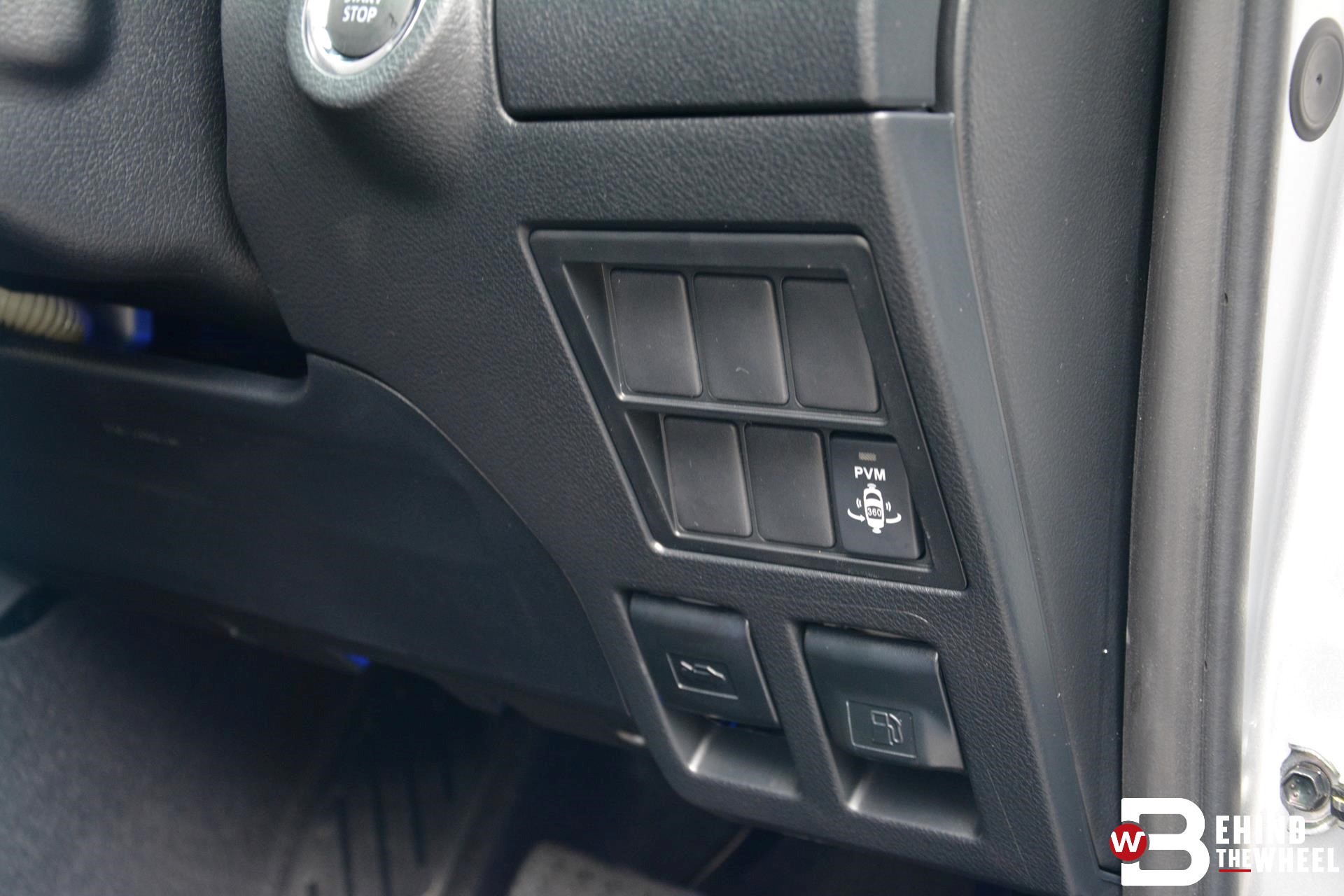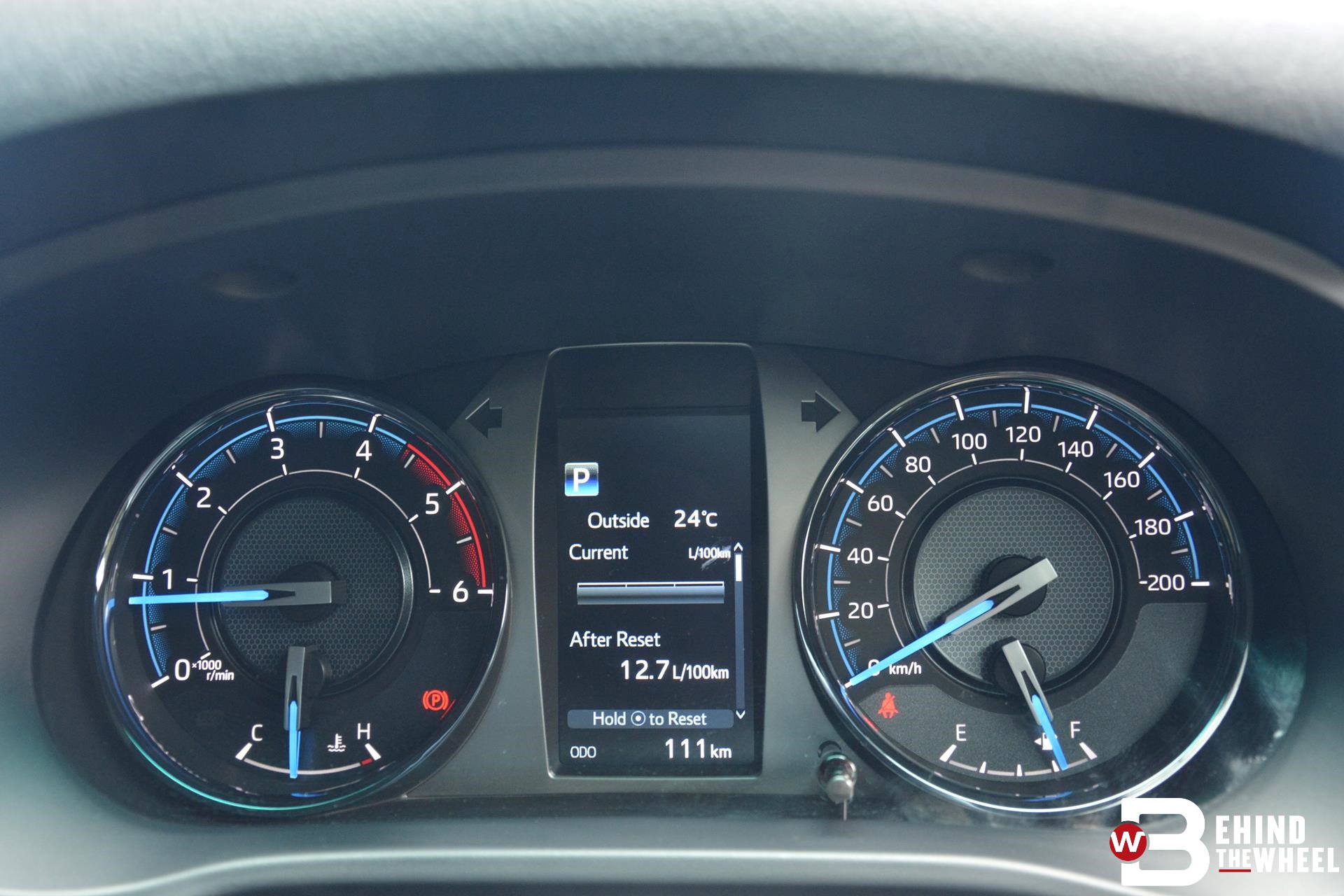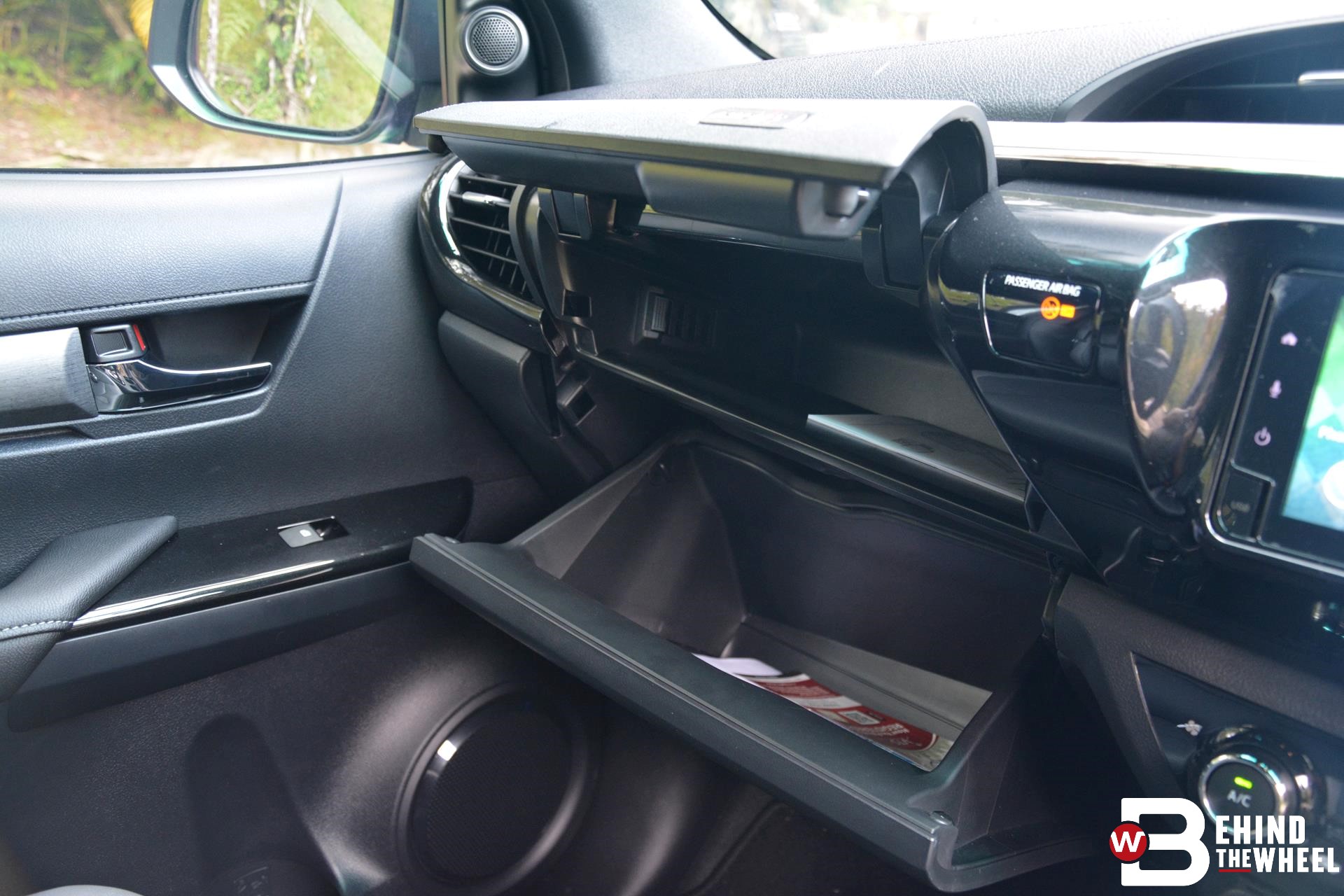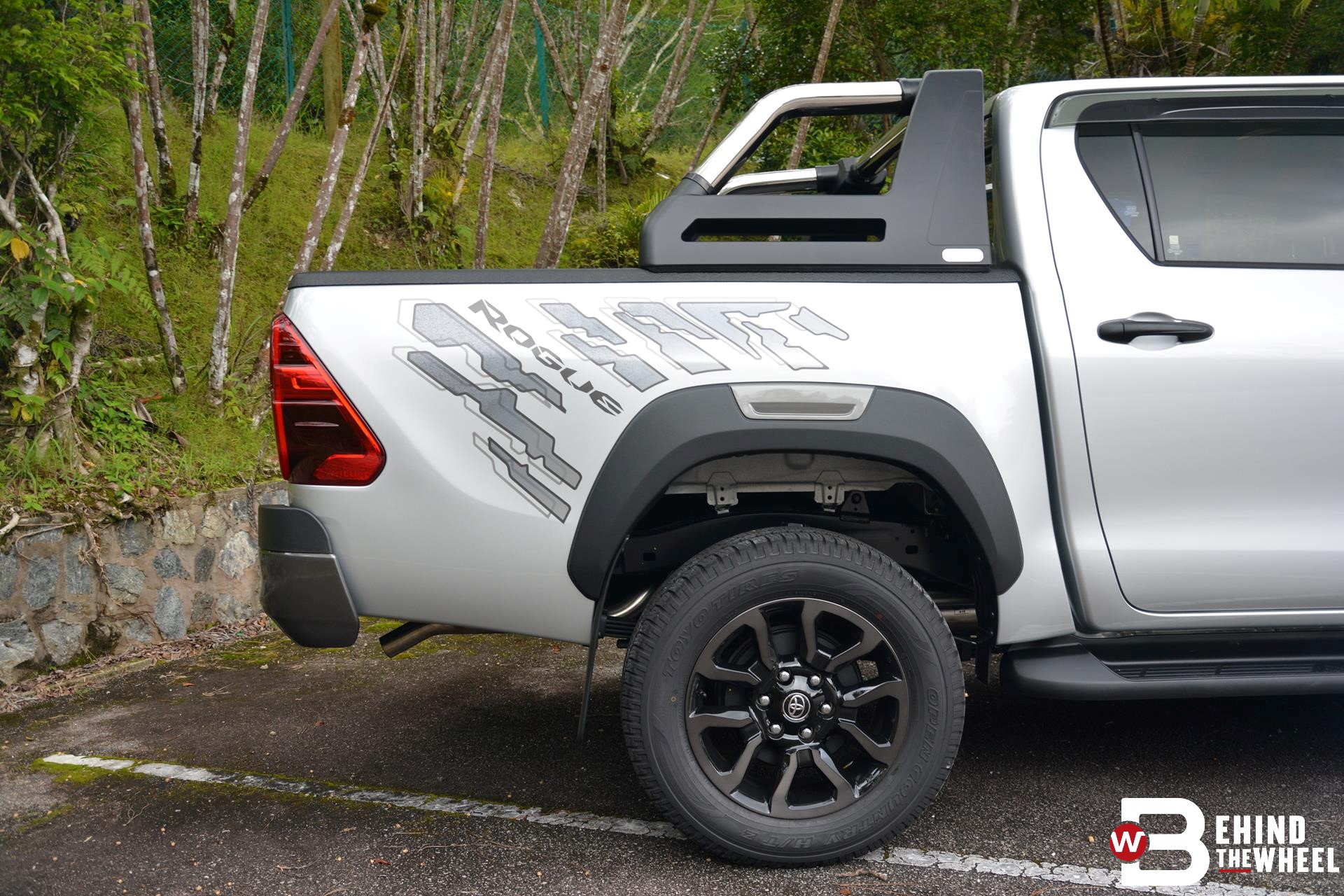The Toyota Hilux was the definitive pick-up truck the world over, so much so that its name has become a noun to describe pick-ups in East Malaysia. It was and still is the pick-up king of Malaysia.
However, over the last few years pick-ups have been undergoing an urbanisation that saw them become more city friendly, making them lifestyle statements rather than just utilitarian workhorses.

The Hilux was a little late to the game in a bit to retain the robustness that’d became synonymous with it but finally, Toyota has relented and “softened” the Hilux as well as fitted some active safety to take on urban pick-ups like the Ford Ranger.
This brings us to the facelifted Hilux range here that sees the flagship Hilux Rogue getting plenty of toys and a more than a little bump in performance under the hood. In total, five variants are available with the same 2.4-litre and 2.8-litre turbodiesel mills but the latter has now been updated and reserved purely for the Rogue.
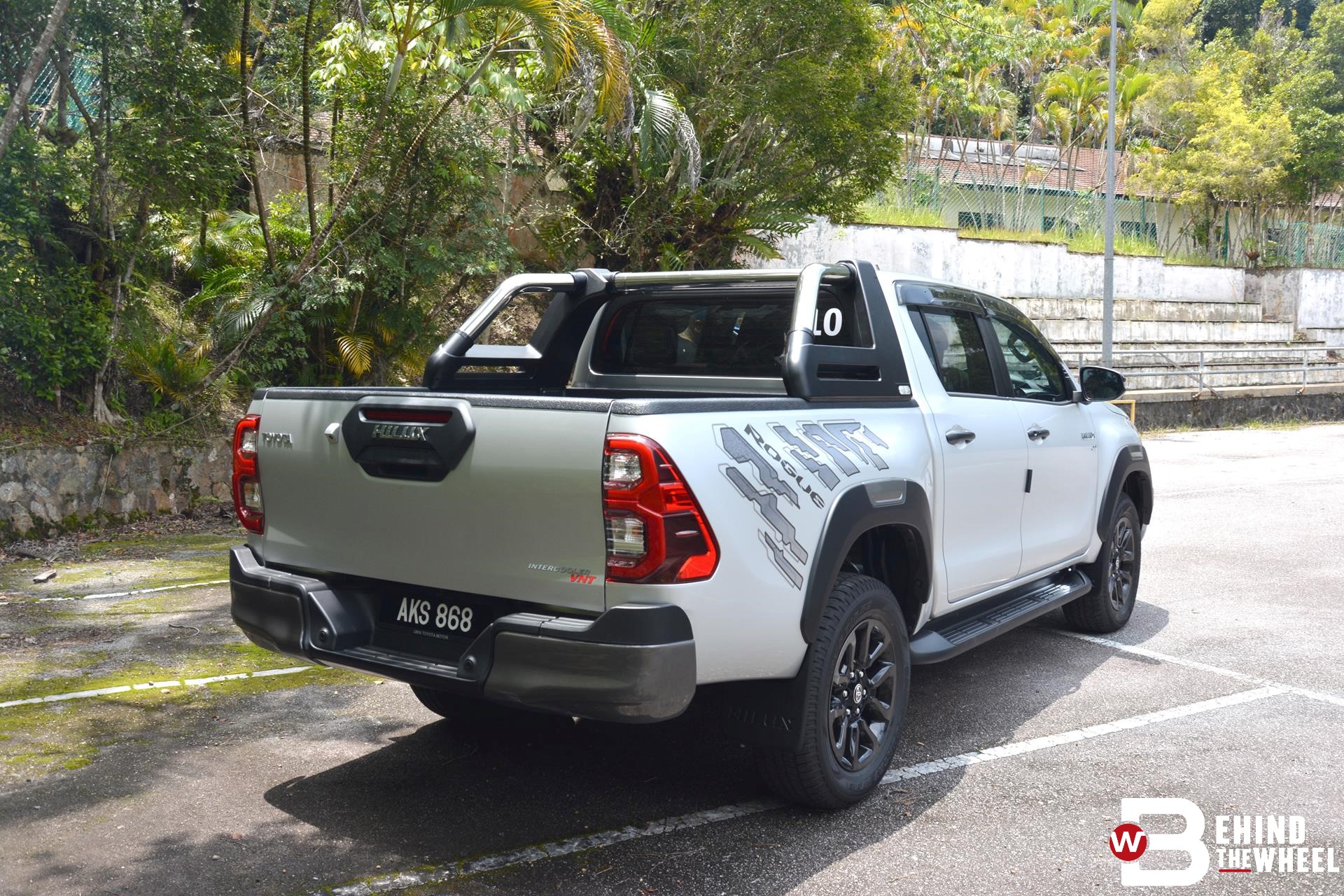
Hilux single-cab 2.4 MT 4x4 - RM92,880
Hilux 2.4E AT 4x4 - RM108,880
Hilux 2.4G MT 4x4 - RM111,880
Hilux 2.4V AT 4x4 - RM133,880
Hilux 2.8 Rogue AT 4x4 - RM146,880
*The warranty is five years or 150,000 km
*Rogue available at RM144,880 for early bird registrations made this year
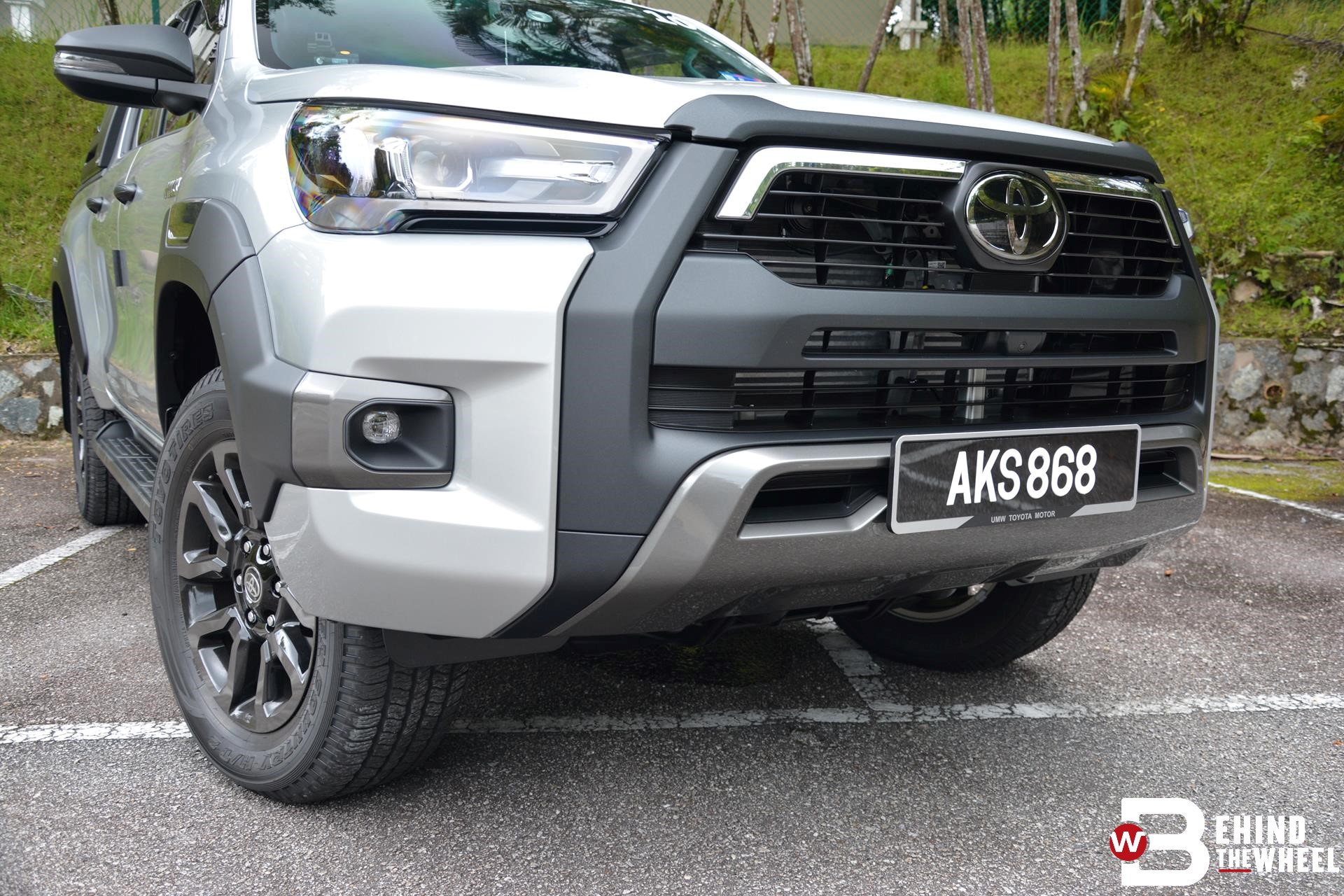
Power for the larger mill is now a stout 201hp with a stonking 500Nm of torque; representing a significant jump from the prefacelift whilst improving fuel consumption by around four per cent. All this was achieved by virtue of a new turbo with water-cooling, an increase in commonrail pressure and a dual-stage oil pump.
As for the 2.4-litre unit, it delivers 148hp and 400Nm of torque. Cooling upgrades and an increase in commonrail pressure means a five per cent improvement in fuel economy.
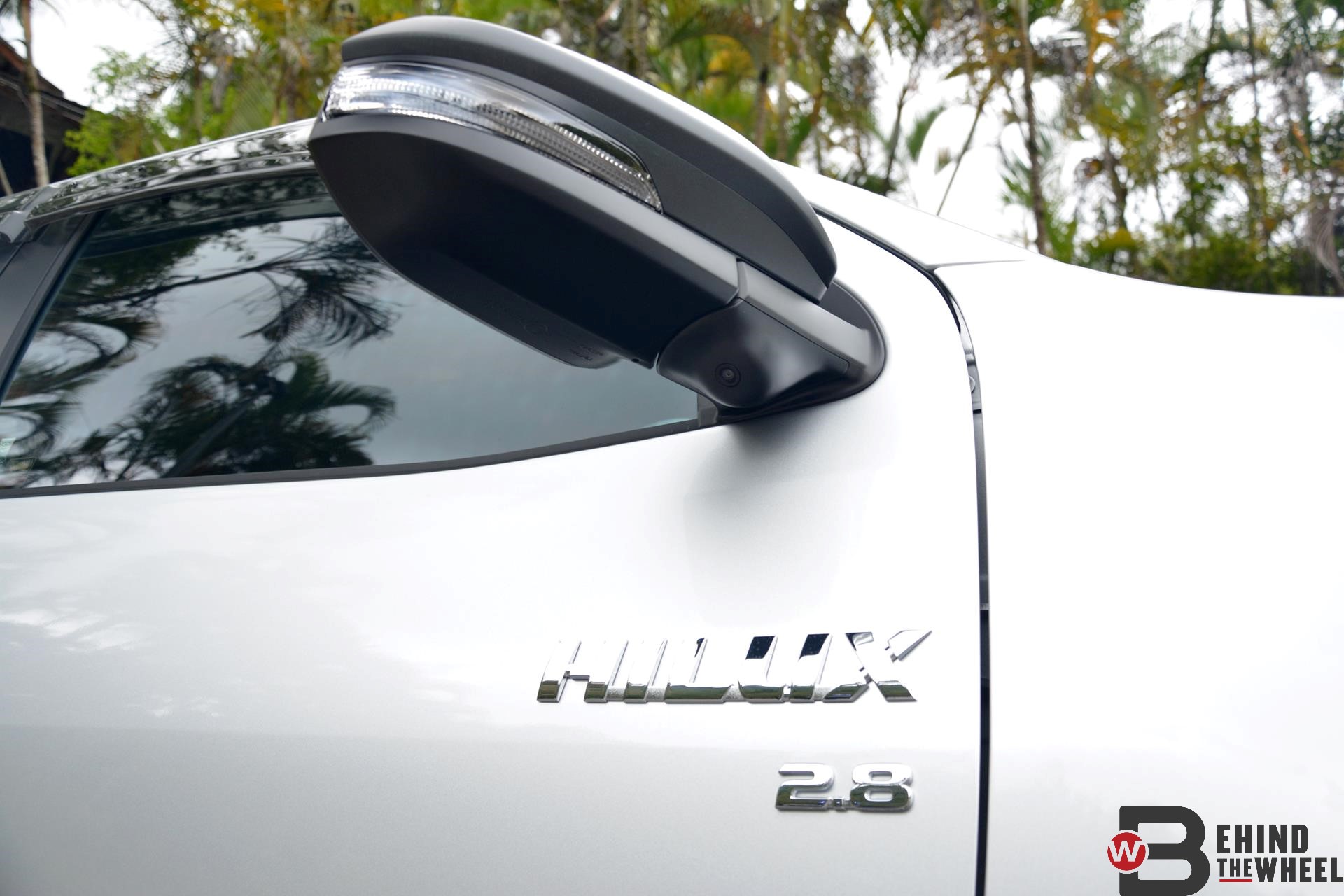
Toyota states that the engine updates allow the service interval to be increased from 5,000km to 10,000km or every six months.
Transmission options are both six-speed units; an auto and a manual. Only the single-cab and 2.4G get the manual with the rest of the range riding with the auto. The slushboxes get a power or Eco mode as well. The entire range is 4x4 and with the high-riding suspension. Only the Rogue and 2.4V get an auto LSD.

Although the power-steering is still a hydraulic unit, it’s been updated with a Variable Flow Control system (except the Single Cab) that reduces demand on the power-steering pump. While a hydraulic system is hardier, it does prevent the lane-keeping system from applying corrections via the power-steering system though Toyota found a way around it, as you’ll read later.
The flagship Rogue and 2.4V get automatic bi-LED projectors with LED DRLs and fog lamps. Inside, the 2.4G joins the duo in receiving an Optitron instrument cluster with a 4.2-inch colour multi-info display, keyless entry and push start. These two also come with powered front seats.

Also standard for the trio is the touchscreen head unit with Android Auto, Apple CarPlay and Bluetooth connectivity. However, only the 2.4V and Rogue are equipped with auto air-conditioning and rear vents.
Safety comprises three airbags for the single-cab, 2.4G and 2.4E while the rest get the full seven count. Standard safety kit includes stability control and hill-start assist, translating into a five-star Asean NCAP rating for all double-cab variants. Only the 2.4G and above gets a reverse camera while Blind Spot Monitor with Rear Cross Traffic Alert is reserved for the Rogue and 2.4V.
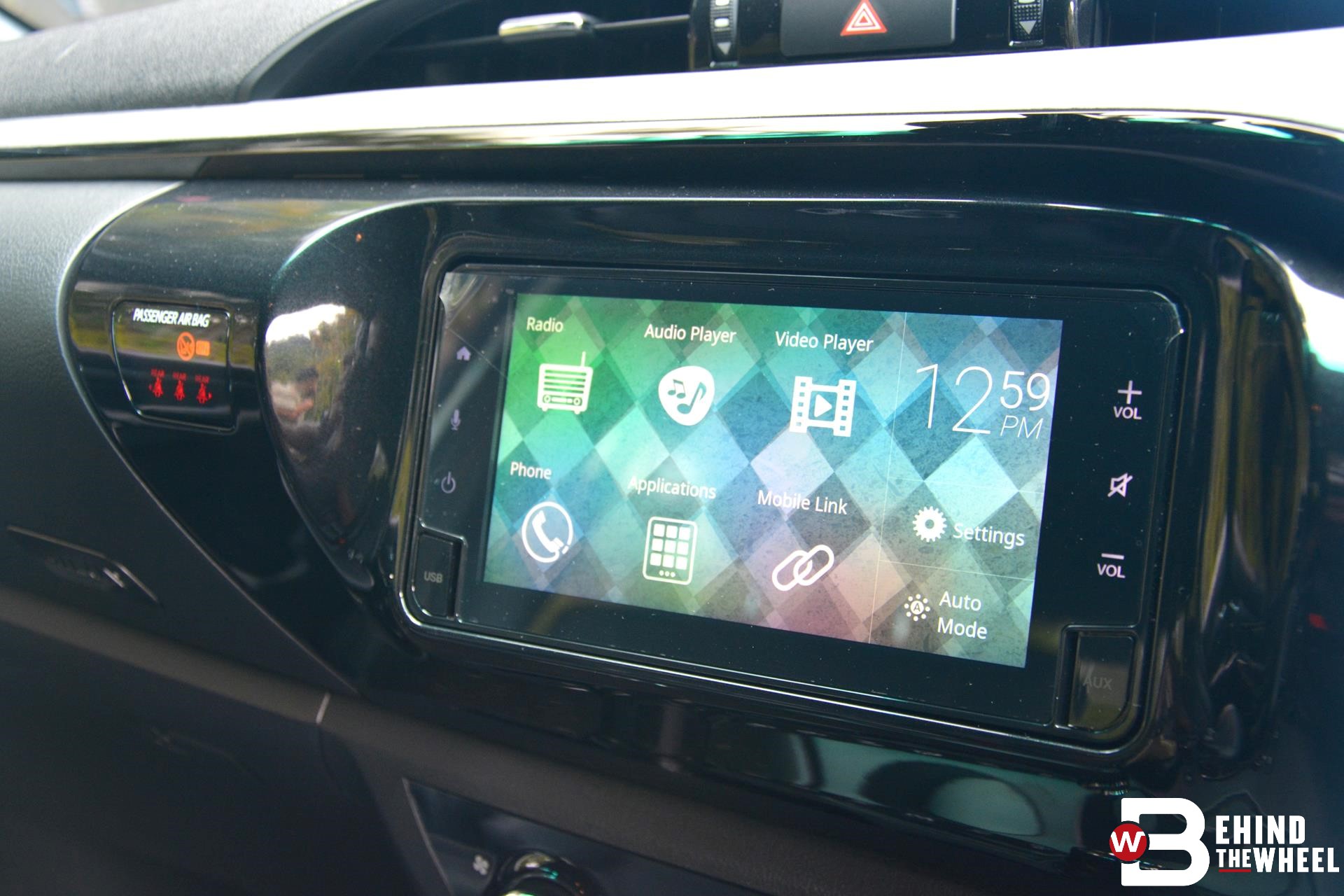
Again, only standard on the Rogue and 2.4V is a telematics system that allows for real-time tracking via GPS. It’s however an option for the rest of the trims.
Only the Rogue is privy to the full Toyota Safety Sense suite of active safety tech. That includes Pre-Collision System (PCS), Dynamic Radar Cruise Control (DRCC) and Lane Departure Alert (LDA) with Yaw Assist.
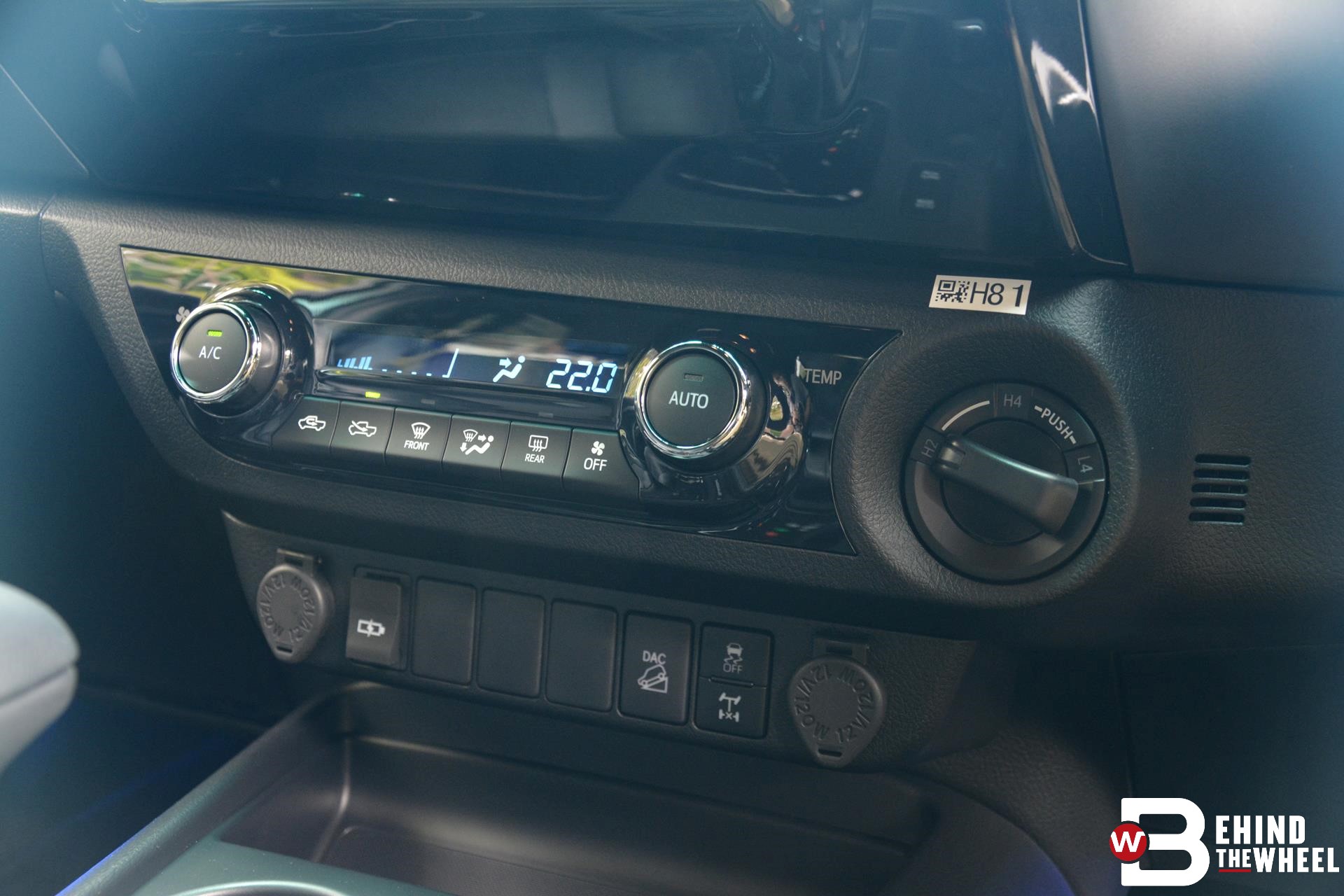
As mentioned earlier, the Yaw Assist function to keep you in your lane can’t use the power steering to apply correction as it’s a hydraulic system. Hence, it brakes specific wheels to turn the Hilux back within the lane; a little antiquated but works fine.
The eagle-eyed might have noticed the cargo-bed lighting pictured. Unfortunately, that’s optional. Rather surprisingly, so is the sports bar. So, if you forget to tick that on the order sheet, your new Hilux will be left without one.
Lastly, although not mentioned in the brochure, the new Hilux has gone the extra mile to be a little more comfortable on the road. Toyota did this by revising the dampers on the suspension as well as stiffening up the front mount that links the body to the frame. The latter removes vibrations from sneaking into the cabin.
